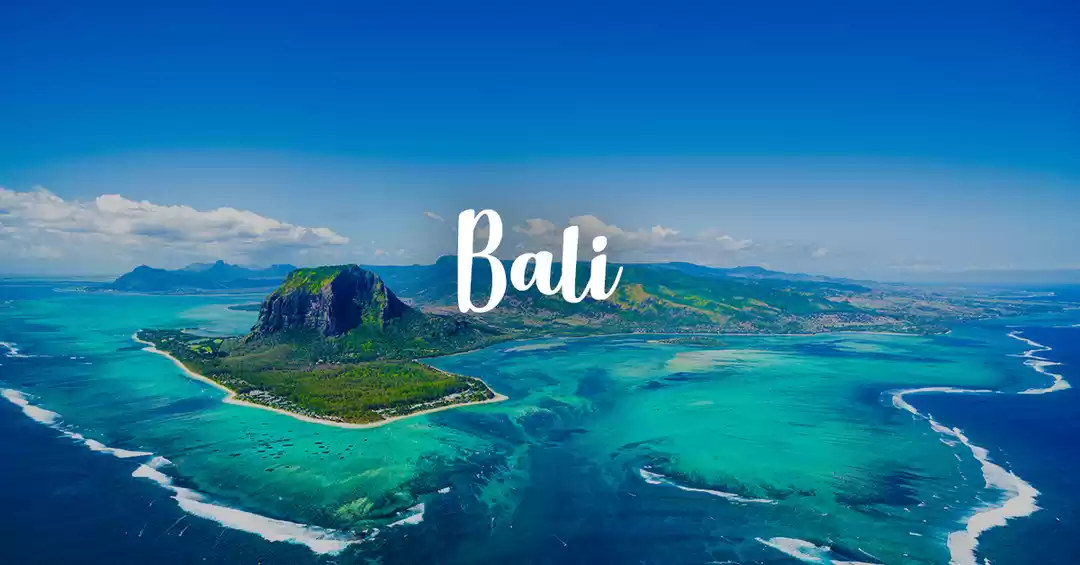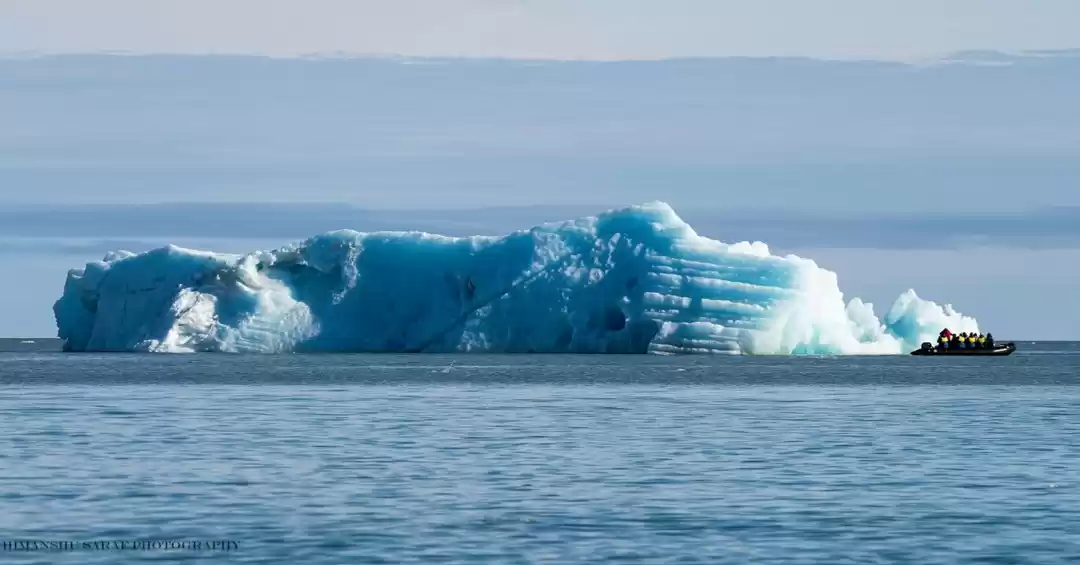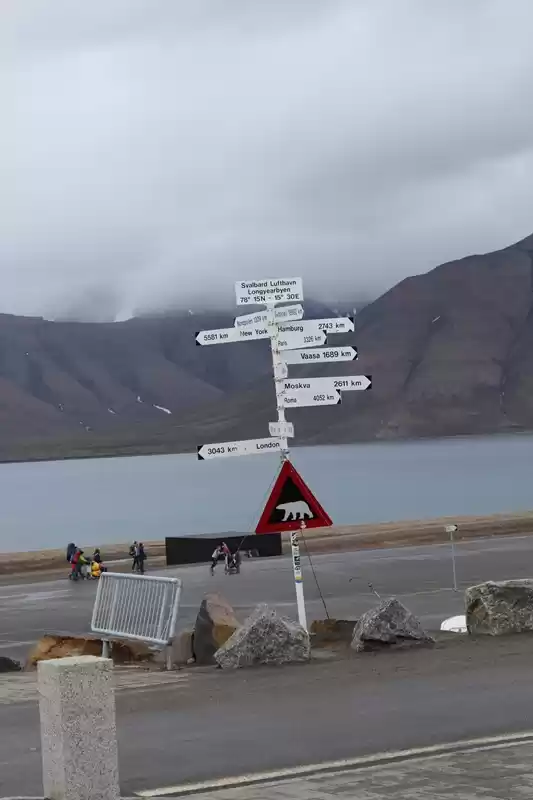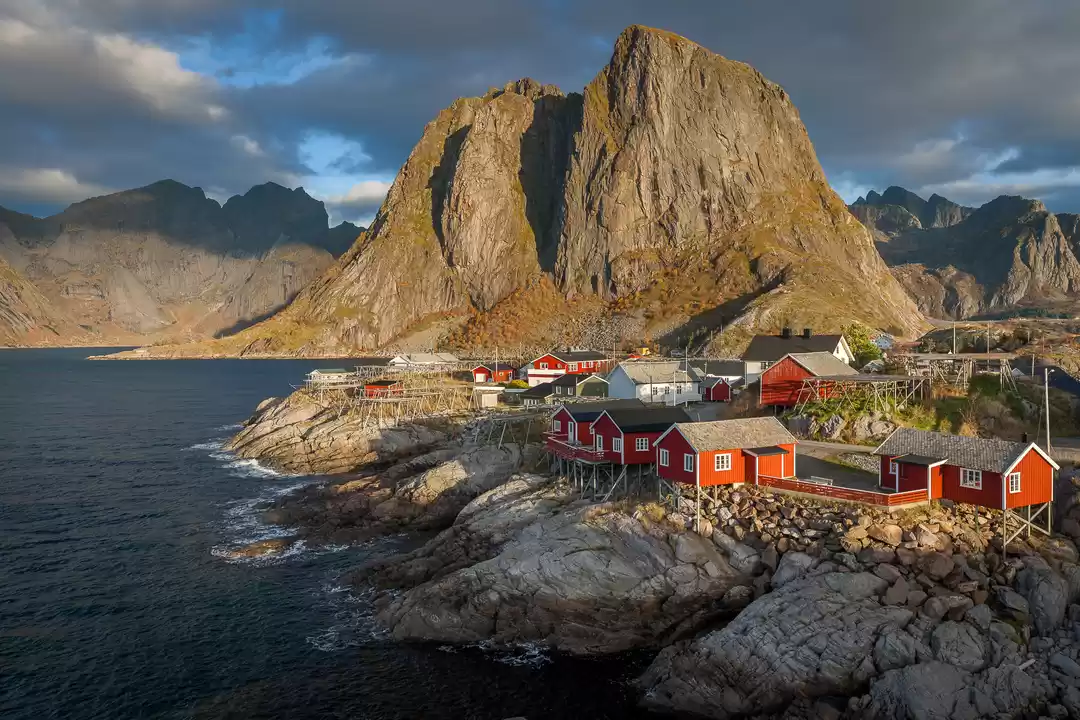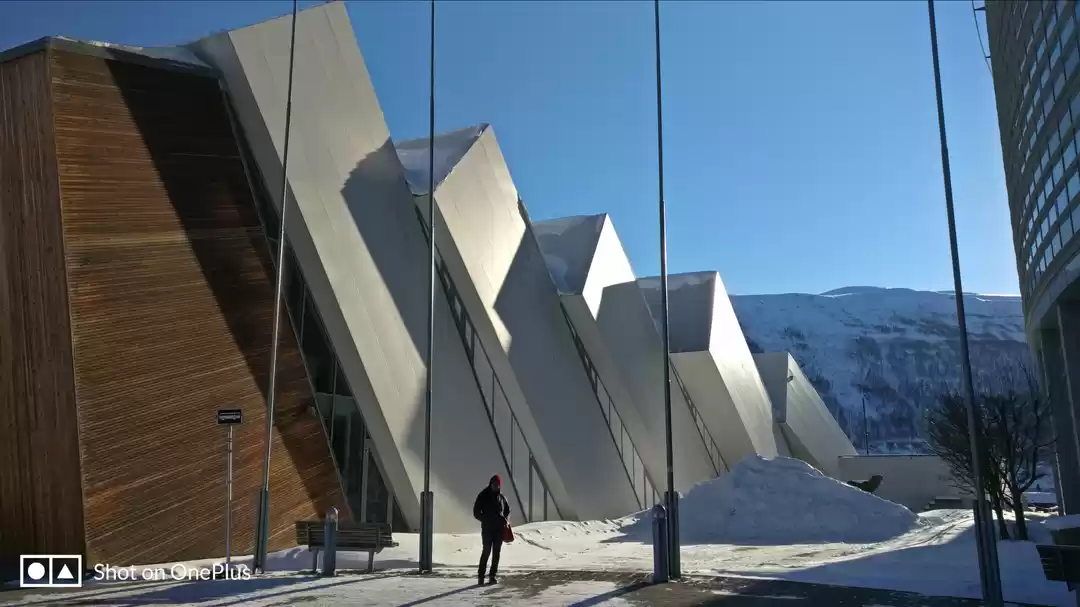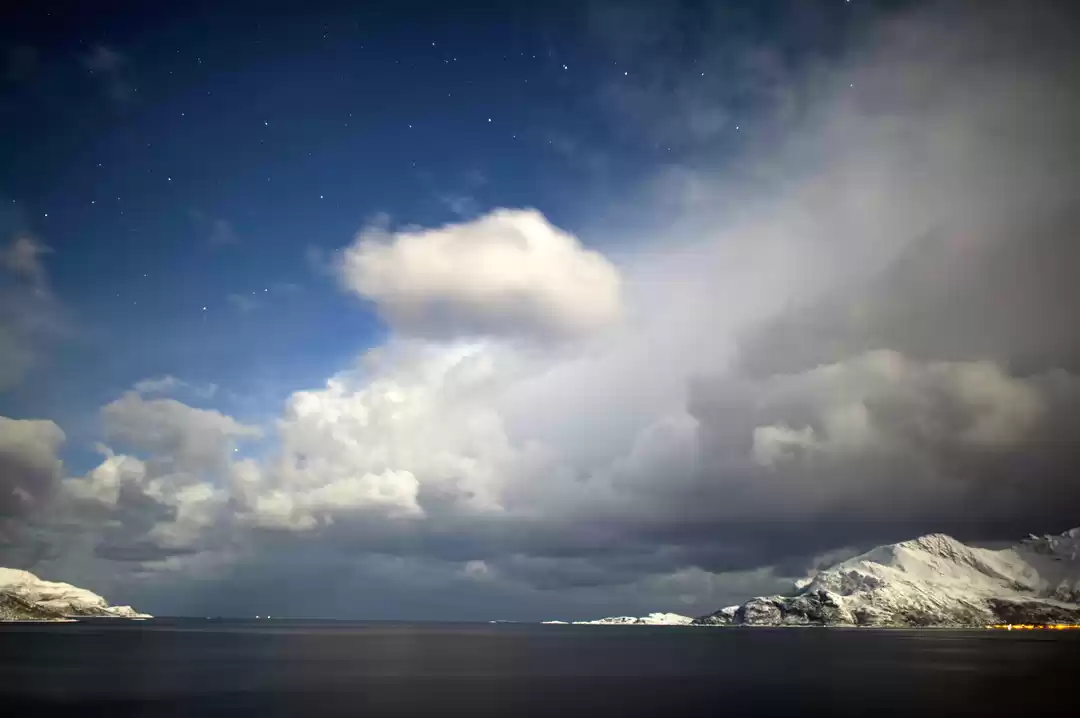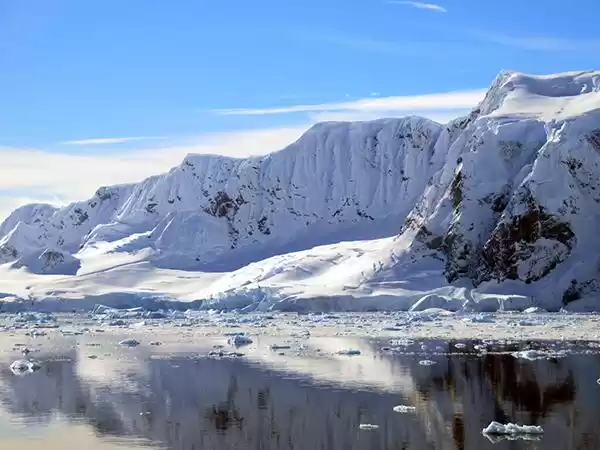
Last year I travelled to the north polar region as a team member on The Climate Force Arctic (CFA) Expedition. The expedition was led by Robert Swan, OBE, F.R.G.S, and the first man in history to have walked to both the poles.
The CFA team comprising of 86 scientists, naturalists, corporate leaders, writers, filmmakers, civil society leaders and other experts from 27 countries first met at Oslo, the 2019 European Green Capital of the Year award winning city. The acclimatization period included leadership sessions, workshops, presentations, and discussions on climate change scenarios and solutions.
From Oslo we went by chartered flight to Longyearbyen, the world’s northernmost town, which is located at only 800 miles from the North Pole. At the most northerly commercial airport on the planet, the melting of the permafrost is to blame for increasingly bumpier landings and take-offs.

Temperatures in Longyearbyen sometimes plunge well below -40 C during the winter, but that is not the only challenge for the 2500+ residents. Unlike most places, people here don't see the sun everyday, enduring over four months of total darkness every year, but more about this place later.
After a quick tour of the city, with the first encounter of the magnificent Svalbard Reindeer, we boarded the National Geographic Explorer expedition ship. The first thing on the agenda after embarkation was the mandatory safety briefing, with a hands-on demonstration of life-jacket usage and other safety protocols.

The ship made its way out of the estuary of the Isfjorden, the second largest fjord in the Svalbard archipelago, which has not frozen in 10 years. Glaciers in the fjord are melting faster due to warmers waters beneath, in addition to higher temperatures.
It was time to explore the ship! I walked out on the port side, walked to the bow up to the bridge, and back across the starboard to the stern. Every now and then, a curious Northern Fulmar kept pace with the vessel, while Atlantic Puffins and Guillemots flew past at breakneck speed. I intended to explore each level of the ship, but the appearance of a pod of Beluga Whales kept me on the main deck until dinner was announced over the PA system.

On the second day the ship dropped anchor at Hornsund. After a safety briefing, we went down to the gangway and boarded zodiacs that sped across the icy waters to the landing spot. This was polar bear country and we had armed escorts at all times and we had to comply with strict regulations during the brief hike. The imposing rock face was home to millions of noisy Black-legged Kittiwakes as well as innumerable Guillemots, Puffins, Glaucous Gulls and Skuas. There was an ancient hunters cabin close to the landing site which was a fascinating reflection of people and wildlife in the arctic.

We started the eventful third day with a long hike to explore the landscape, with sightings of several Svalbard Reindeers, Common and King Eiders, red Phalaropes, Red-throated Divers and more. We also came across fresh polar bear footprints, which caused some alarm with lookouts being activated and even more caution. Later that day we landed at the Walrus colony at Storfjorden, spending nearly an hour observing the 'elephants of the arctic' from a safe distance.

The next day started with the exciting sight of a Polar Bear walking along the shoreline at northern Storfjorden. Later we went kayaking in the Arctic Ocean, navigating around floating ice chunks and two small icebergs. In the afternoon, it was time for the polar plunge! The chill of the Arctic enveloped me as I jumped in and quickly made my way out, grateful for the warm glass of tomato soup and shot of Aquavit handed out as one emerged from the icy waters.

We experienced 24 hours of daylight, with the sun shining overhead even at midnight. In fact, there was never a moment of darkness during the entire during of the expedition. On the 21st of June, in the true Nordic traditions we celebrated midsummer night with a dance on the deck.

Over the next few days, I spent as much time on deck as possible, between the sessions, zodiac cruises, shore landings and hikes. The daily schedule was hectic, with interactive presentations on warming impacts in the arctic region interspersed with field visits to various fjords, glaciers and biodiversity rich areas.

The team was extremely lucky with sightings of Arctic wildlife. Some of the other sightings include the Bowhead whale, Fin whale and Ivory Gull. It was an outstanding learning experience with observations of the changing dynamics of predator and prey interactions in the warming arctic ecosystems in the company of wildlife biologists with decades on research in the polar regions.

We disembarked at Longyearbyen and went for an exploratory tour to the outskirts, where the Global Seed Vault stores millions of seeds for an emergency. Incredibly, the 'safe-house' designed to last forever, was flooded some years back, and was still being repaired. The arctic warming was evident in the landscape we traversed, but here, it is has manifested in several existential human crises. The learnings from the expedition are far more profound than the memories of all those beautiful places, knowing that it all could be gone in just a few years.












